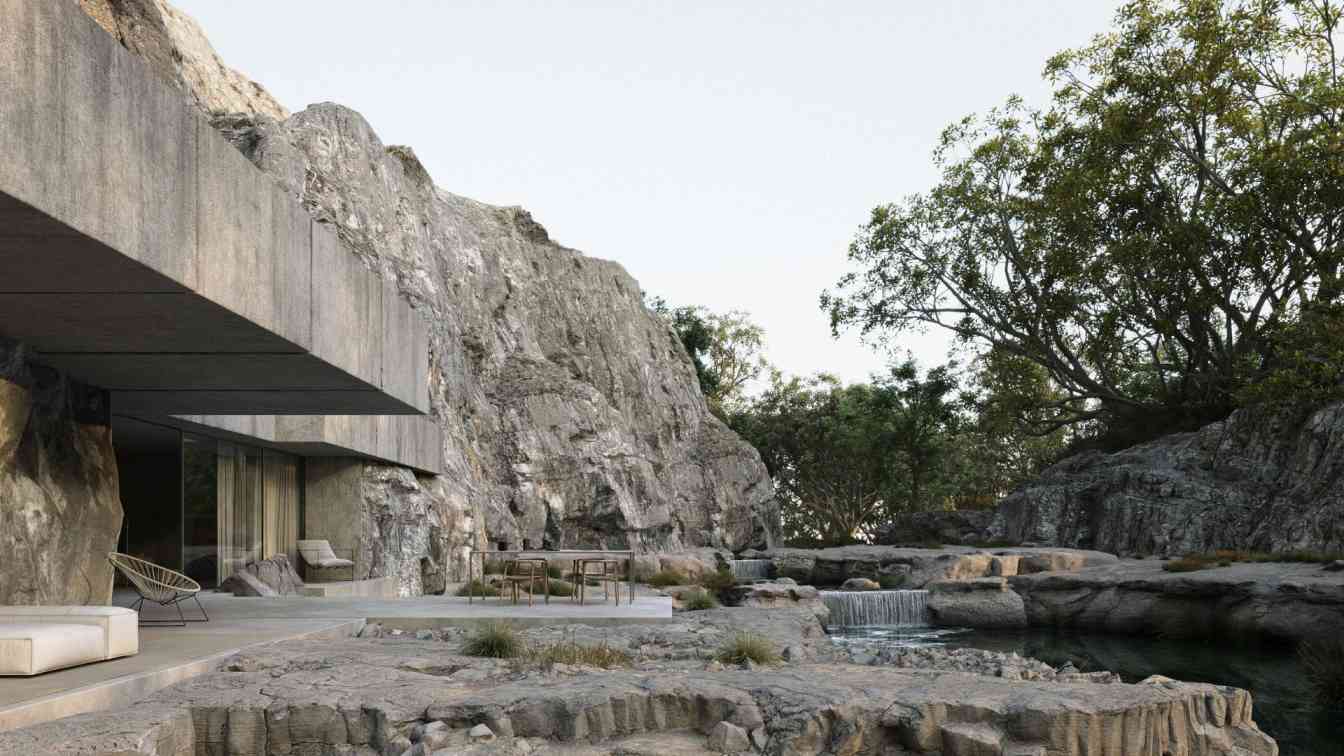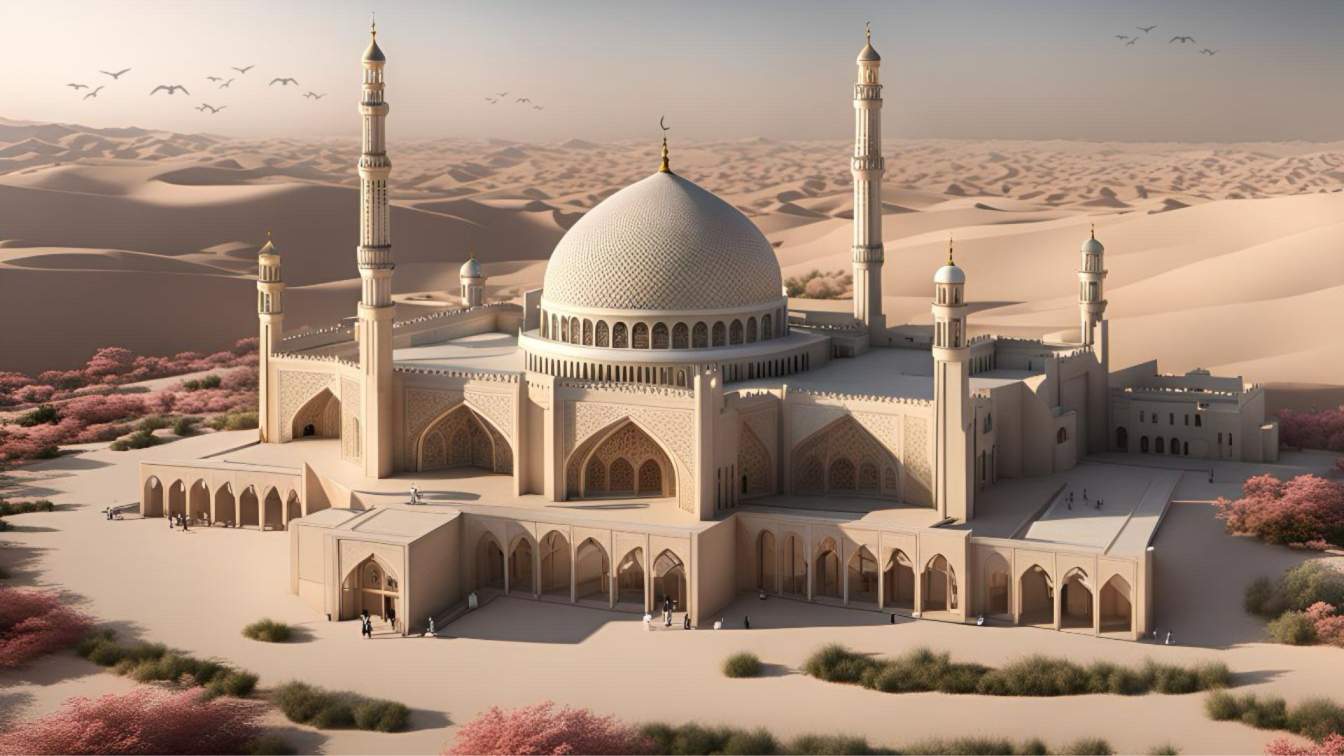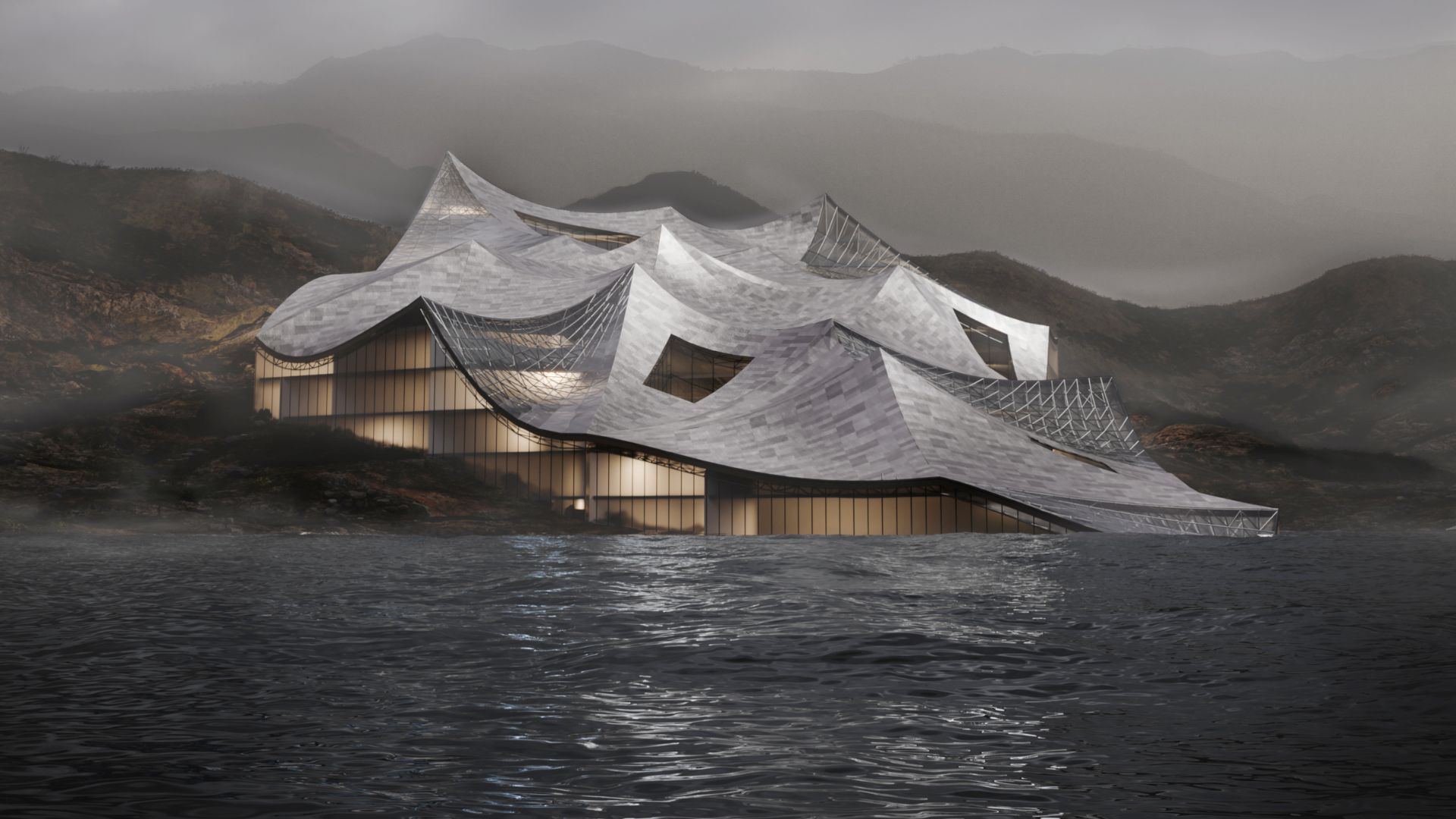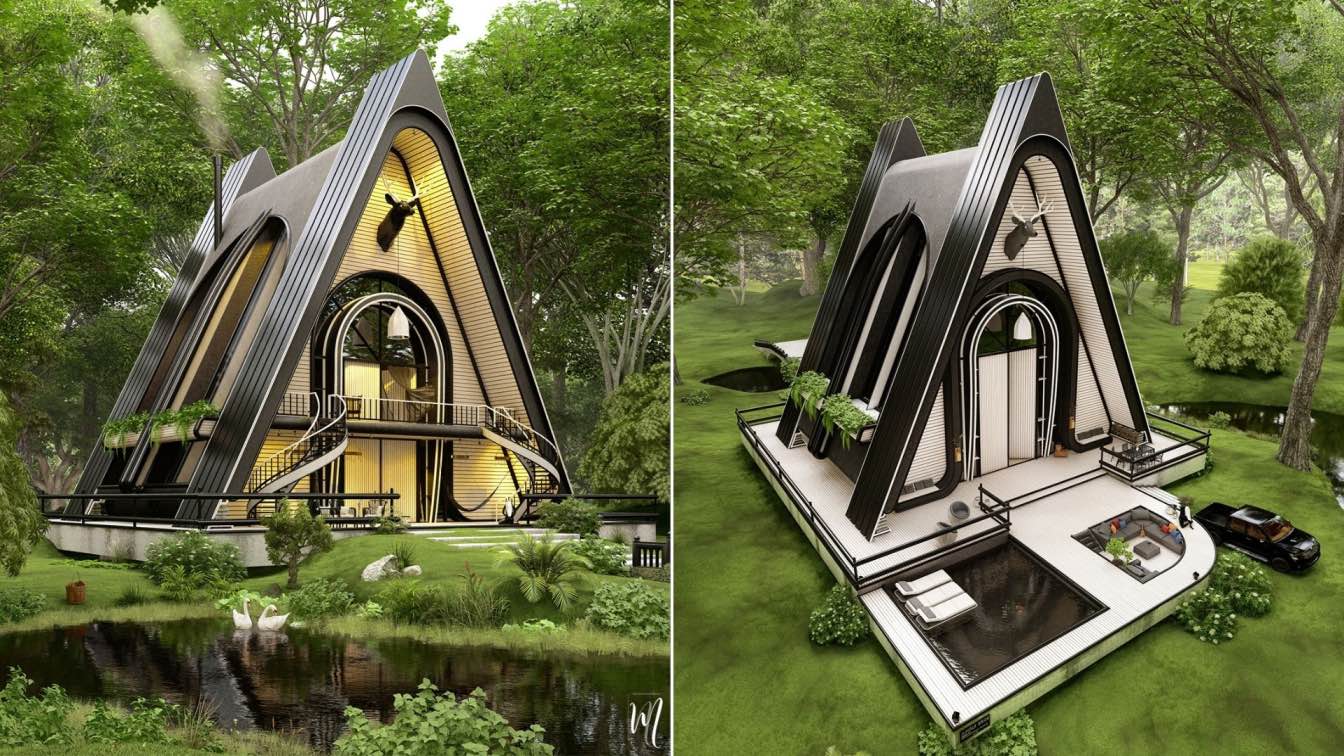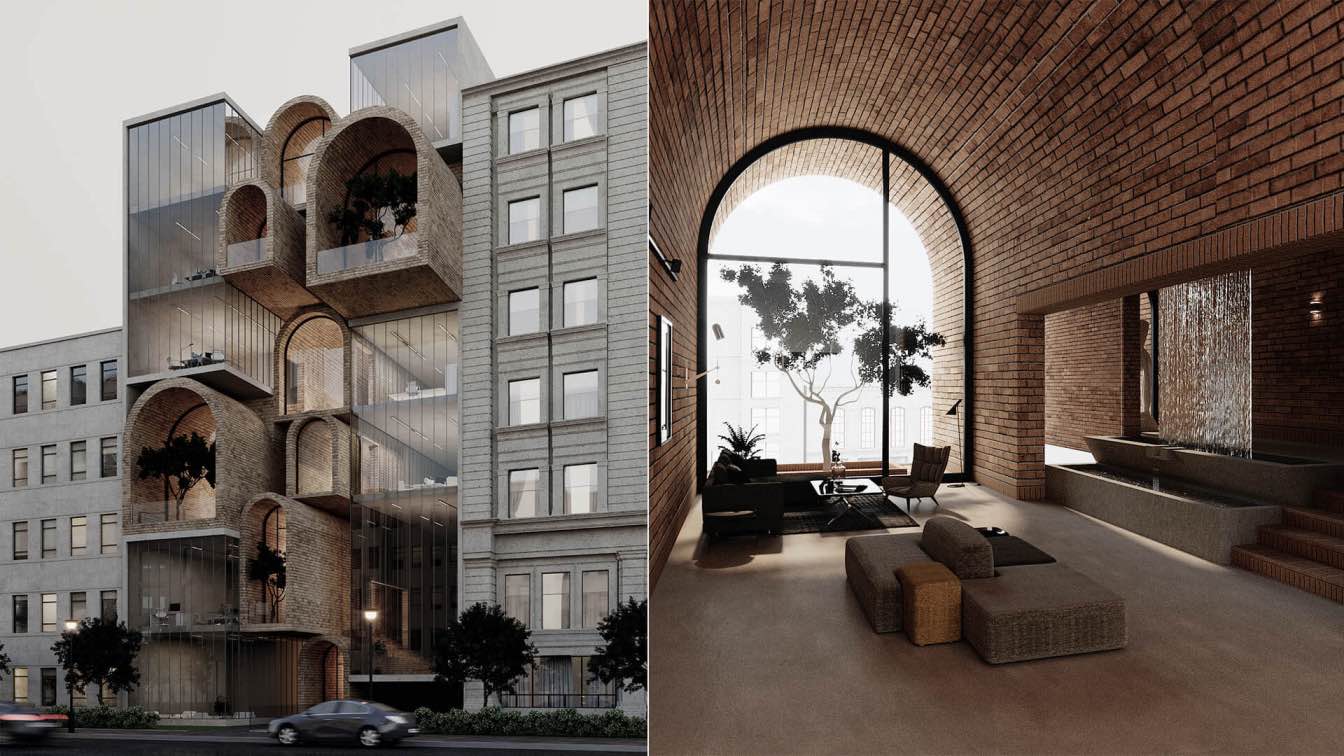João Cepeda Architect: Amidst a mountainous severity, a small stream river cuts its presence. Time and climate – the ultimate artisans. From this panorama, large blocks of sawn local granite appear, sheltering a small house. Just like the river, this house represents a (brief) moment of “reconciliation” with Nature. As a founding essence, all of its ‘humid’ spaces emphasize a feeling of refuge and nostalgia – like an ‘elegy’ to the memory of the region’s (almost lost) thermal theme.
The bathroom spaces and a ‘rocky patio’ complete a simple residential program: a private bedroom secluded to the rear, and a large living room facing east, and the (locally called) “ribeira dos Moinhos”. The idea of a unified but fragmentable space. An environment with its own character – although, in a way, anonymous and banal. A precise design answer for a specific use – albeit ‘open’ and (almost) ambiguous.
All these premises seek, not the (vulgar) principle of the ‘form that follows function’, but rather the design answer that allows for use, and that can (occasionally) be freed from it. After all, as history shows us, ‘configuration’ and ‘functionality’ are as close a relationship as they are an unpredictable identity. Álvaro Siza usually says that “Nature is Nature, architecture is geometry”.
As Umberto Eco tells us, “we are condemned to find forms that harmonize with Nature, completing it; and Nature always triumphs – but subjugated to our disturbances.”This will (always) be the role of architecture. As Herberto Helder once wrote, “space does not exist, it is a metaphor for time”. This is (exactly) how this house is, just (old) stone – just crafted by time. Excavated between the rocky cliffs, a fraction of life becomes perennial – (in)finitely petrified.









